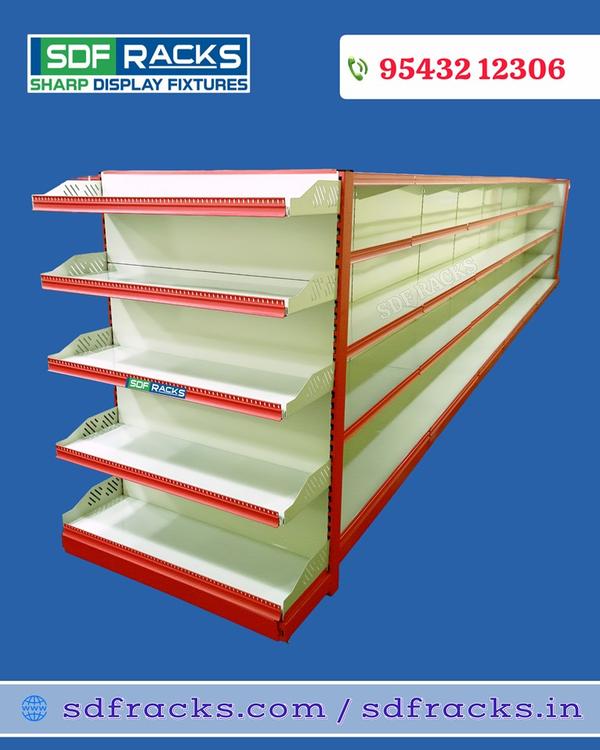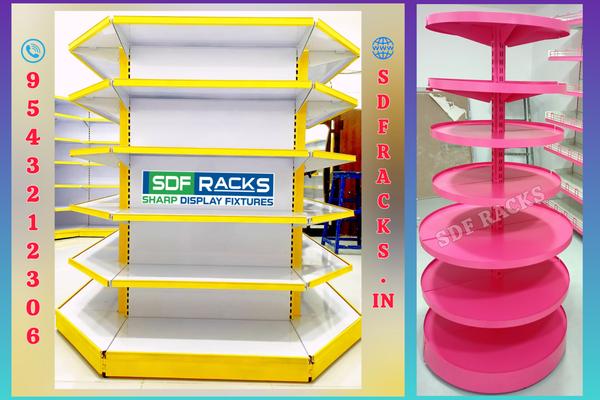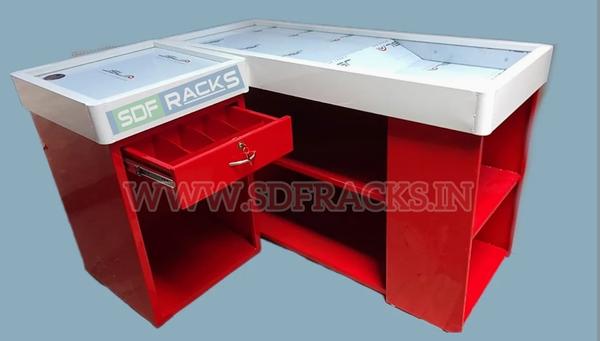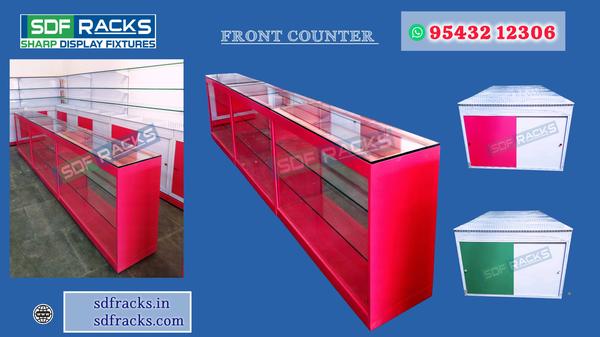
INR 9500
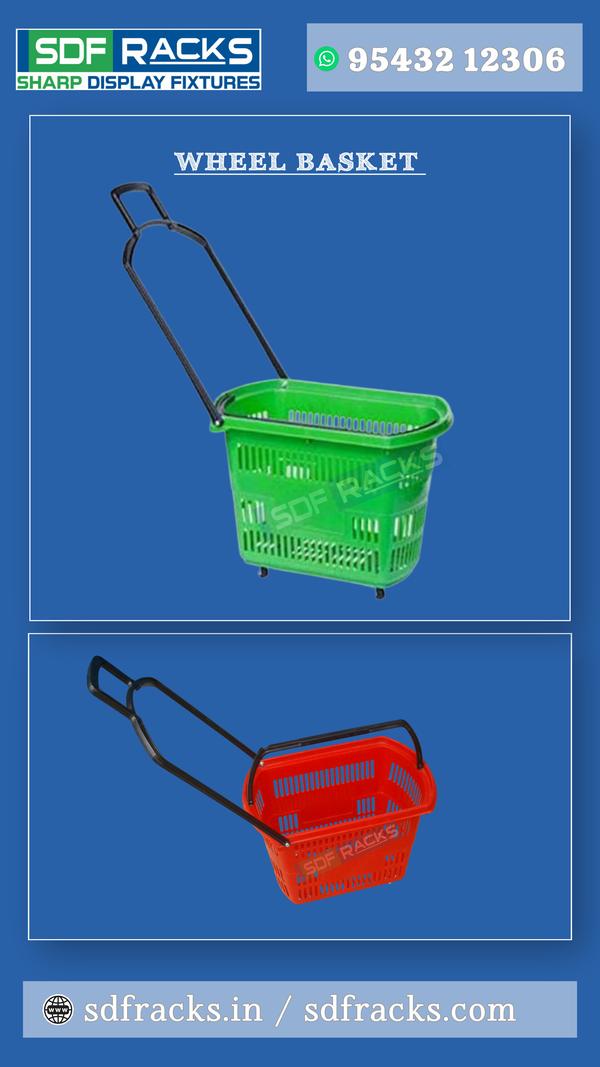
INR 1000
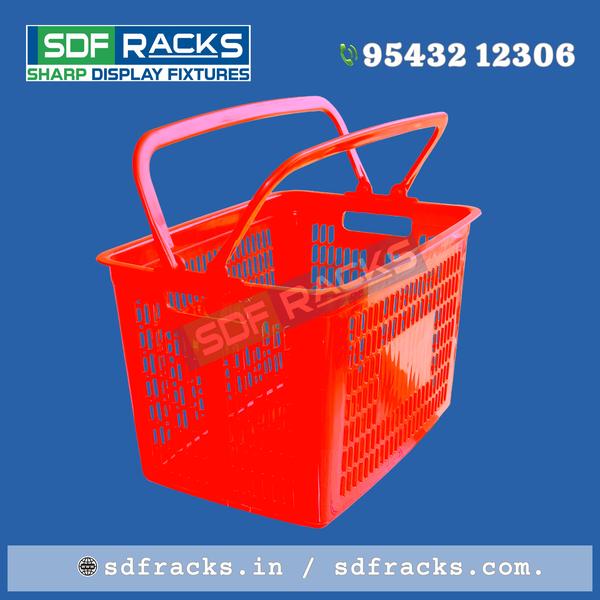
INR 300
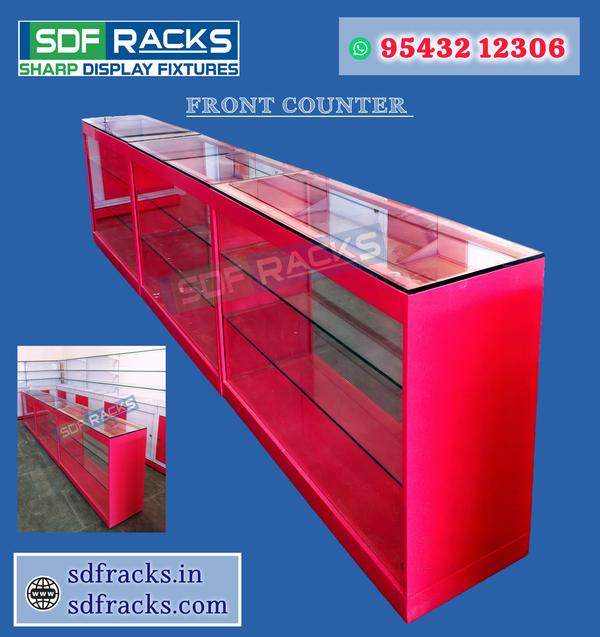
INR 7500

INR 4000
Textile racks |Garments Racks |Textile Hanger Racks |Garments hanger Racks |Cloth Display Racks |Glass Racks |Textile Glass Racks |Garments Glass Racks |Shopping Basket |Supermarket Basket |Supermarket Shopping Basket |Trolley |Basket |Wheel Basket |SDF RACKS |Shopping Trolley |Trolley Basket |SDF Racks




